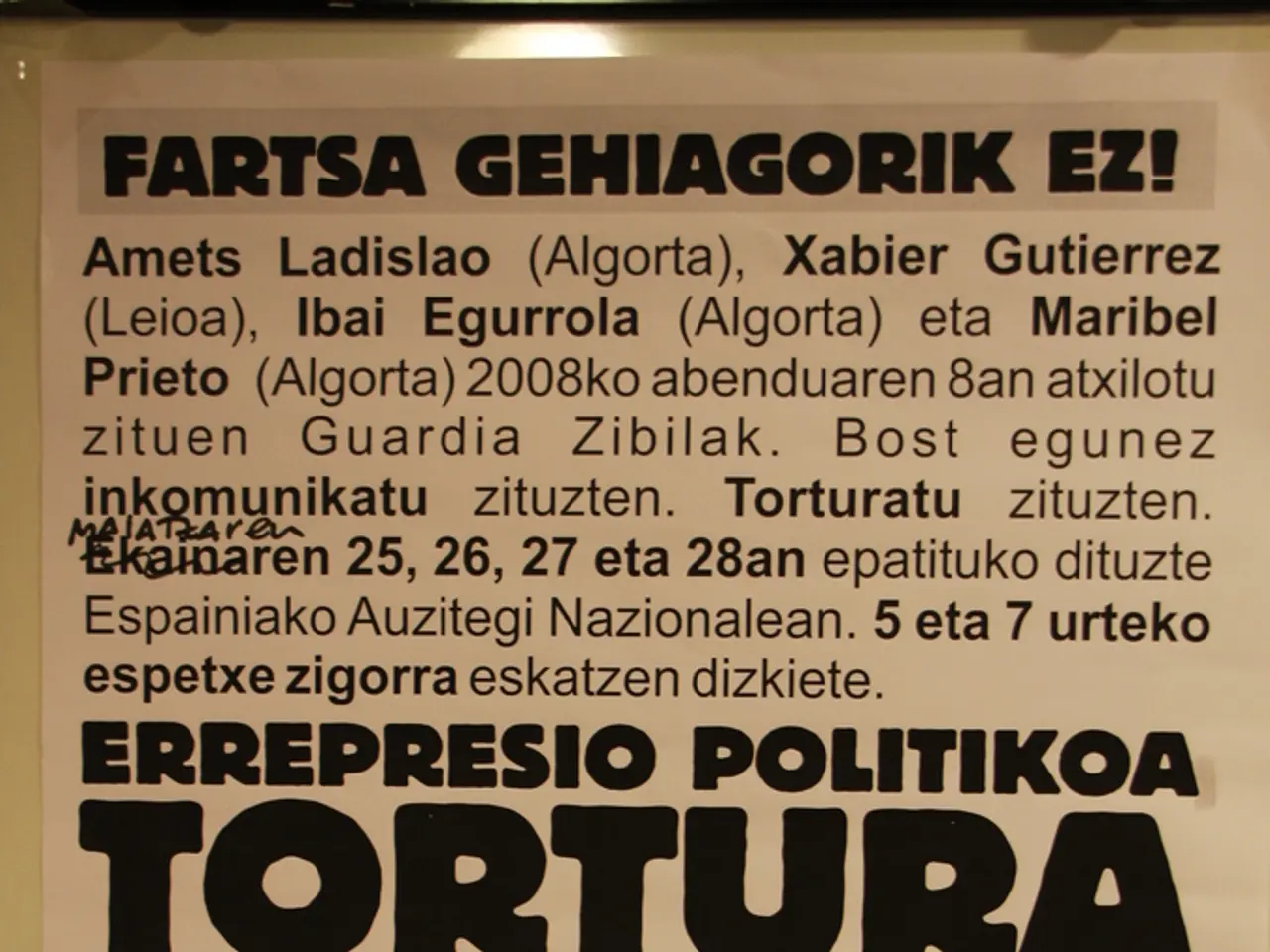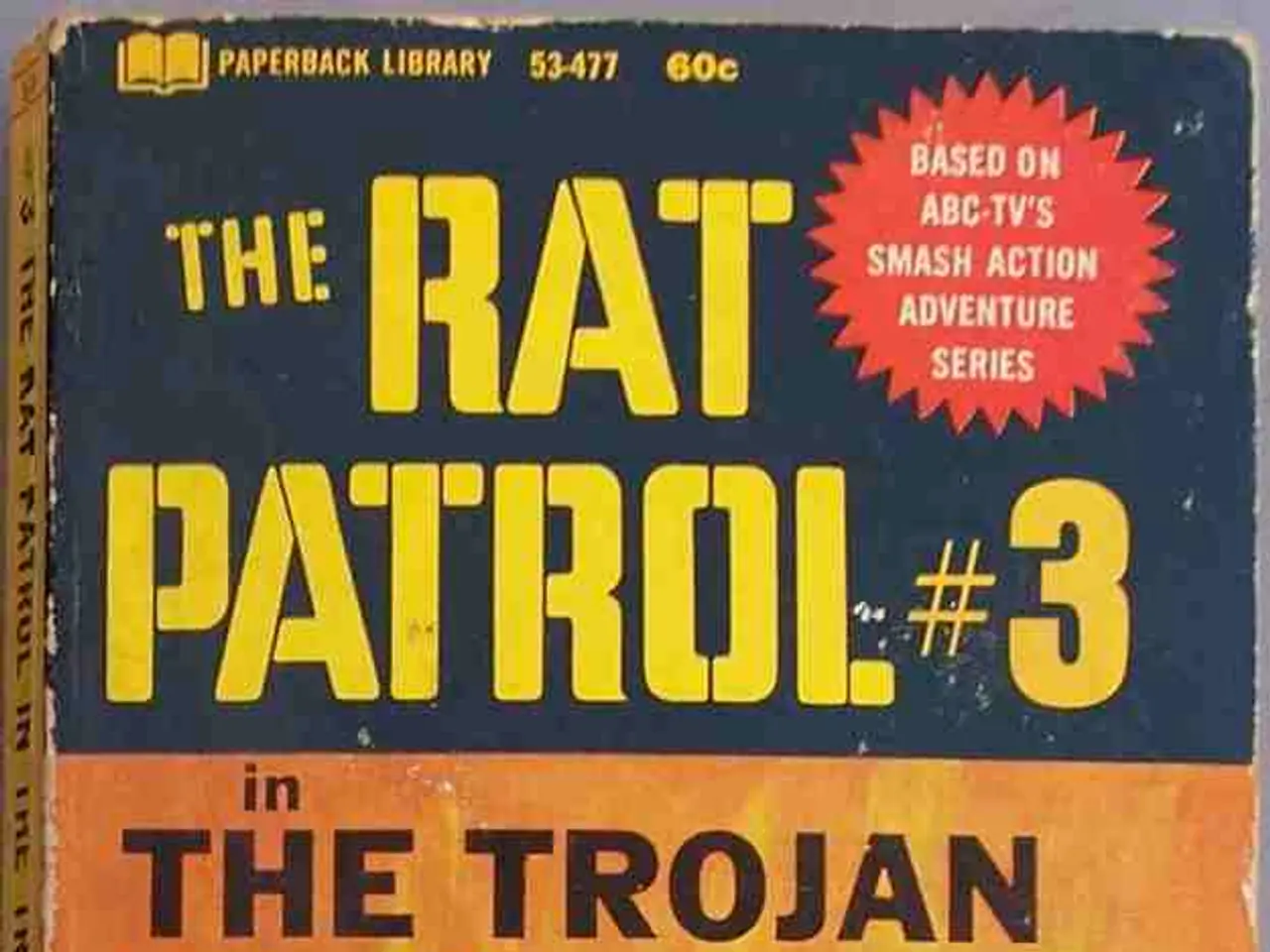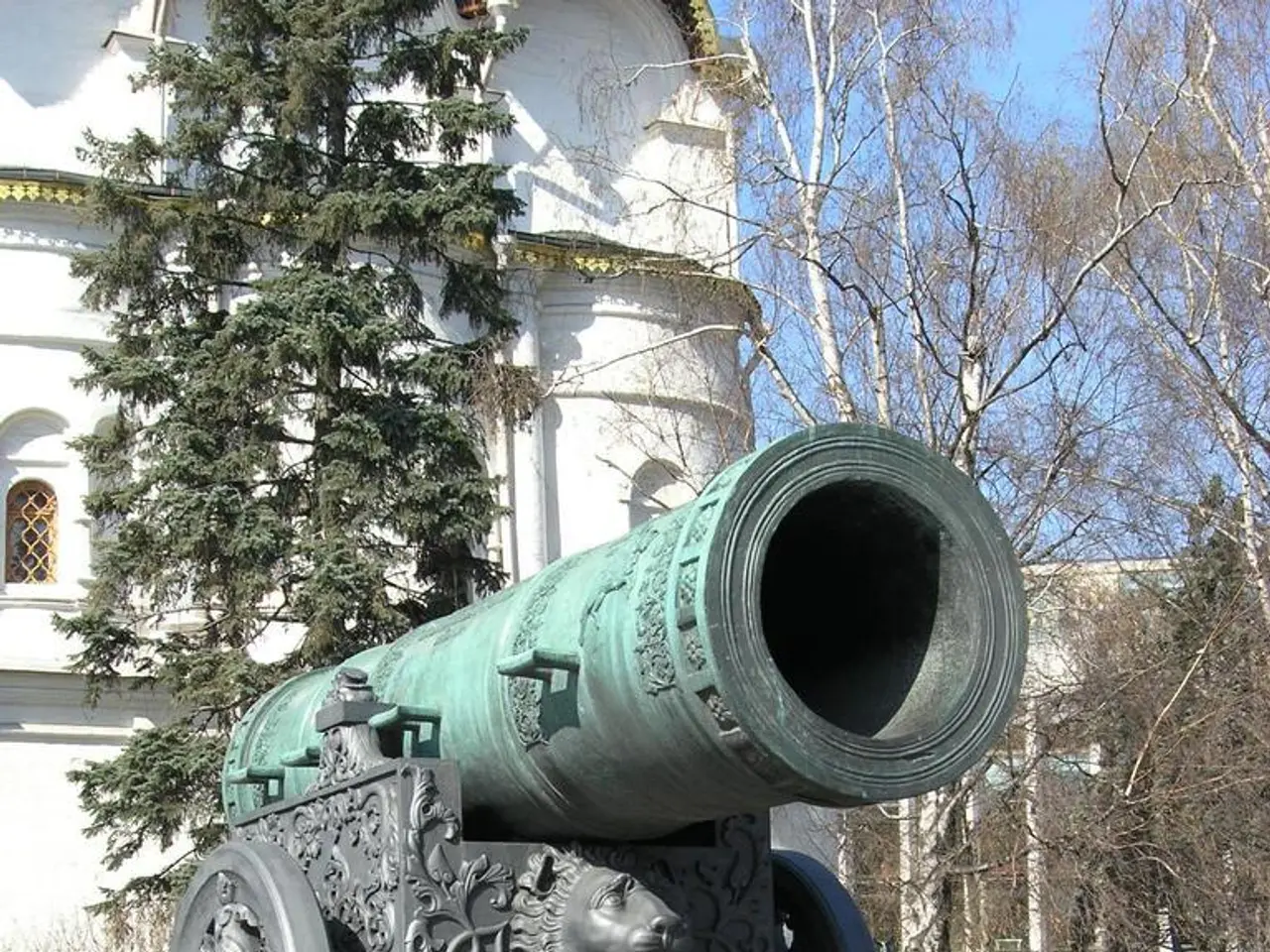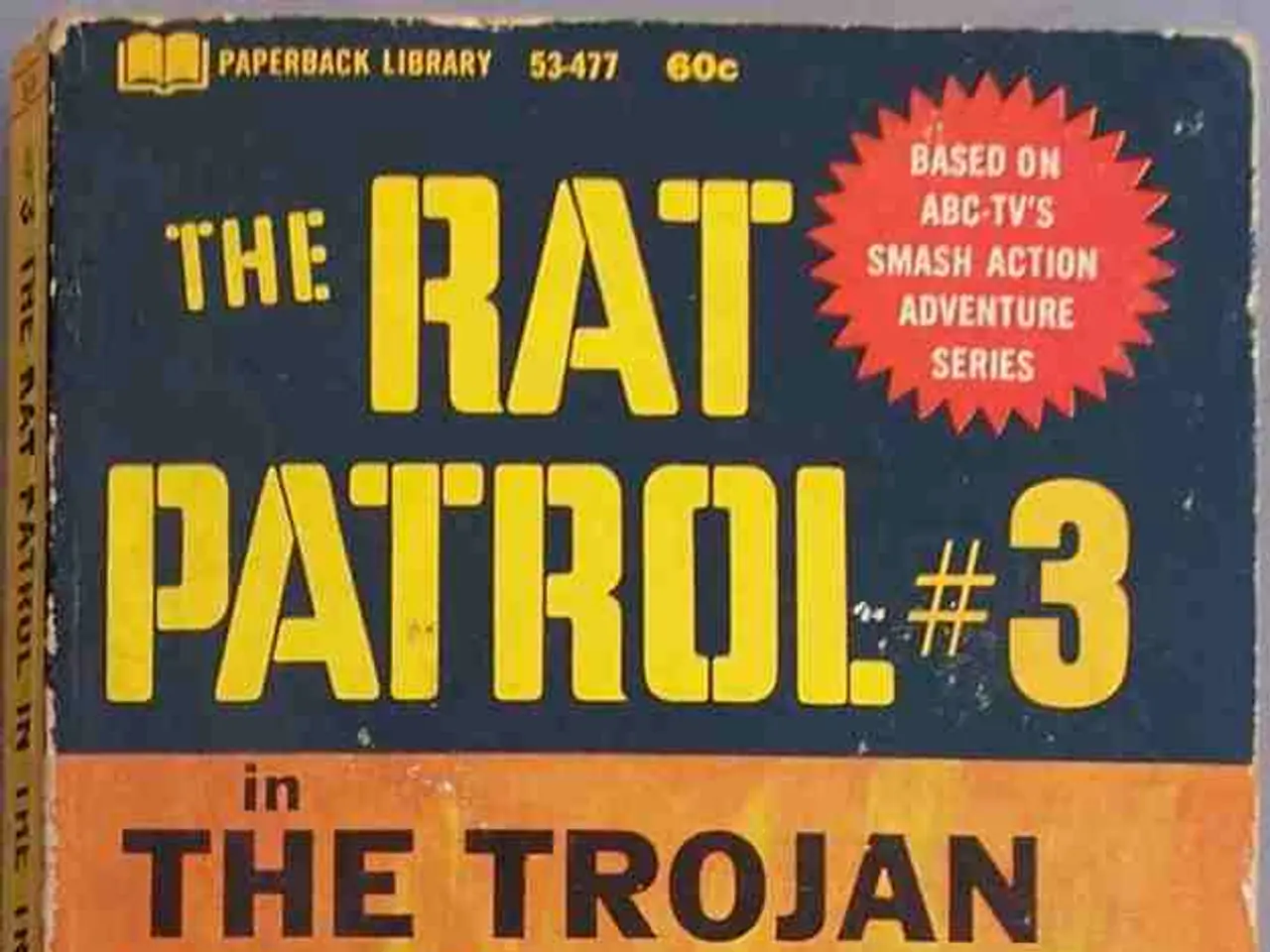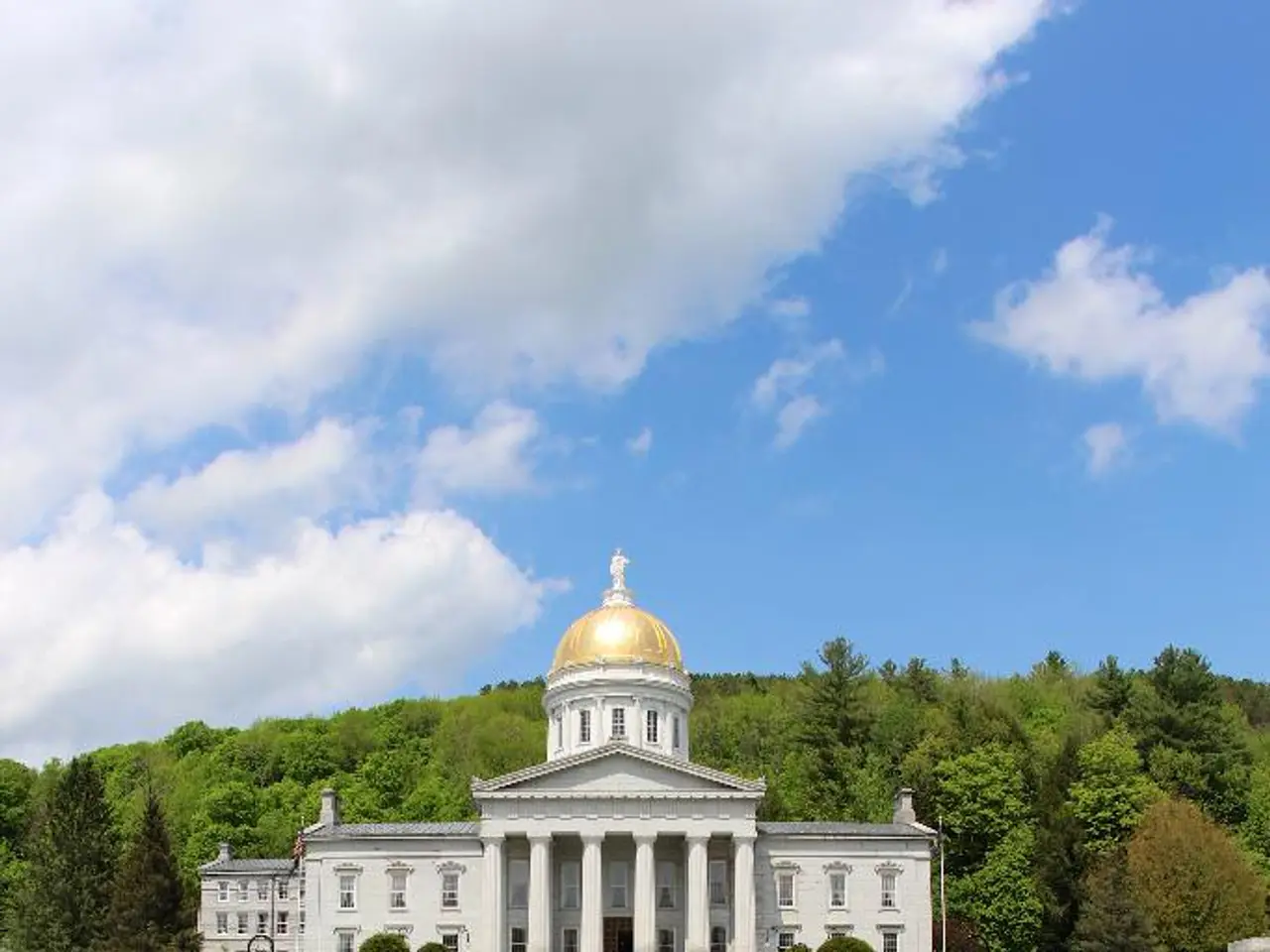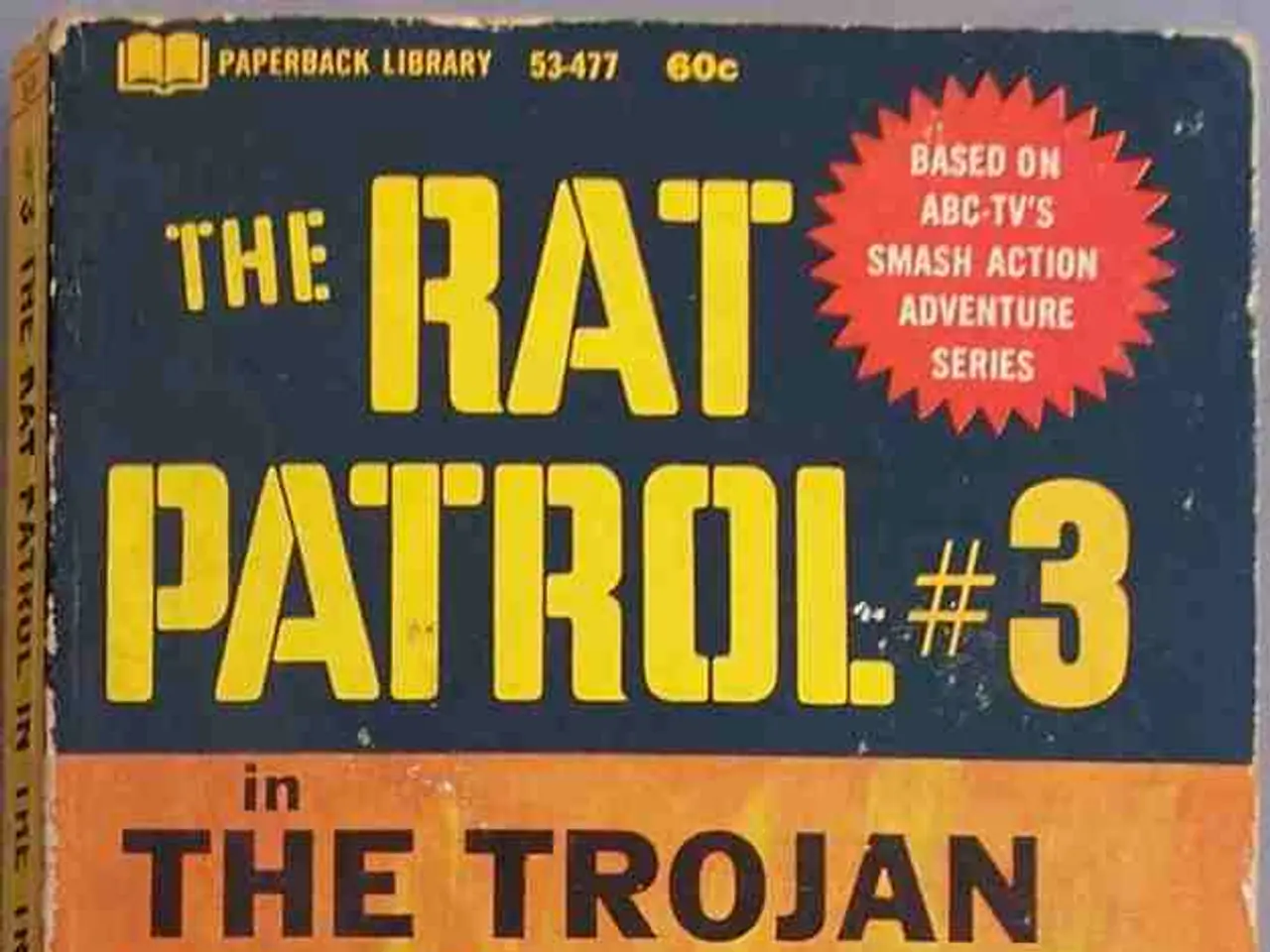Spanish Civil War Analogies on the Path to a National Conflict
In the turbulent years leading up to the Spanish Civil War, the Second Republic faced a crisis of governance, as described by the renowned philosopher José Ortega y Gasset in his seminal work, The Revolt of the Masses. This crisis, rooted in deep social and political fragmentation, a lack of legitimacy, and the rise of mass politics, challenged traditional elites and institutions.
Ortega y Gasset lamented the disconnect between the ruling elites and the masses, whose political participation increased without corresponding political education or responsibility. He saw the "rise of the masses" as a problem: the mass man used democratic and republican mechanisms, but lacked the culture and discipline to govern effectively, leading to chaotic and corrupt governance. This breakdown of political order and respect for the State bred instability.
The causes of this crisis were manifold: growing social divisions and regional autonomy demands that fractured the unity of the Spanish State; weak institutional structures and a lack of political consensus to manage competing interests; political polarization between left-wing republicans, socialists, anarchists, and right-wing conservatives; the rise of mass political participation without adequate frameworks for democratic governance; and economic difficulties and the slow pace or reversal of reforms, causing dissatisfaction on many sides.
The consequences of these slovenly dealings and governance failures were profound, culminating in the outbreak of the Spanish Civil War in 1936. The Republic’s inability to establish stable authority, combined with extremist violence and military rebellion, fractured Spain deeply. The war led to the abolition of regional autonomies by Franco after his victory, reversing many Second Republic reforms, the repression of political opponents and regional languages and cultures, and decades of dictatorship under Franco and delayed democratization and social reconciliation until the late 20th century.
Ortega’s critique highlights how the Republic’s failure to responsibly mediate between mass political demands and traditional authority created a cycle of unstable governance, social alienation, and eventual civil war. Francoist Spain then violently reversed the Republic’s autonomies and reforms, enforcing a centralized, authoritarian state. This historical narrative underlines the consequences of political mismanagement and social polarization during the Republic years.
During this tumultuous period, significant events took place. The dictatorship of Gen. Miguel Primo de Rivera began in September 1923 and ended in January 1930. The Spanish Confederation of Autonomous Rightists (CEDA), also known as the Catholic party, became the country's largest political party after the Second Republic began. On 18 July 1936, a military insurrection began, engulfing Spain in a bloody civil war. Between 500,000 and a million people were killed out of a population of 23.8 million.
Notable figures of the time were also affected. José Ortega y Gasset, the famous Spanish philosopher, fled to Argentina at the outbreak of the Spanish Civil War. Calvo Sotelo, a leading right-wing politician, was kidnapped and murdered by the bodyguard of Socialist party leader Indalecio Prieto. An impromptu and brutal socialist revolution began in the wake of the military uprising. The Spanish conservative government was surprisingly lenient toward the insurrectionists during the socialist insurrection of 1934. The Socialist Party was never outlawed, and only a few harsh sentences were carried out.
The left had about half the army, two-thirds of the navy, the bulk of the air force, and nearly two-thirds of the security forces. The socialist insurrection of 1934 was a carefully planned aggression that had been "in gestation for more than a year and tactically in preparation for nine months." Francisco Franco was removed from his senior position and sent to command the Canary Islands before the start of the civil war. The Second Republic began in Spain on 14 April 1931 and was described as an "undemocratic democracy." The Spanish Civil War raged for almost three years, ending on 1 April 1939, with a right-wing coalition defeating a leftist coalition. The government took no effective action against the killers of Calvo Sotelo. Leftist leaders asked President Zamora to cancel the conservative electoral victory in 1933, resulting in a leftist insurrection which began in December of 1933. The Spanish left defended the socialist insurrection of 1934 as "defensive." The right was saved by two things: steadfastness in combat and the rapacity of the left.
In conclusion, the Second Republic's failures in governance, rooted in social and political fragmentation, a lack of legitimacy, and the rise of mass politics, set the stage for the Spanish Civil War. The consequences of this conflict were profound, leading to decades of dictatorship, repression, and delayed democratization. Ortega y Gasset's critique serves as a stark reminder of the importance of responsible governance and the dangers of social polarization and political mismanagement.
- The failure of the Second Republic to effectively govern, resulting from deep social and political fragmentation, lack of legitimacy, and the rise of mass politics, fueled a cycle of unstable governance that culminated in the Spanish Civil War.
- Ortega y Gasset's critique of the Second Republic emphasizes the repercussions of political mismanagement and social polarization, as the Republic's inability to mediate between mass political demands and traditional authority, ultimately leading to the outbreak of civil war.
- The Spanish Civil War, commenced by a military insurrection in July 1936, resulted in the death of half a million to a million people and decades of dictatorship under Franco.
- Notable figures, such as José Ortega y Gasset, Calvo Sotelo, and Francisco Franco, were impacted by the political turbulence and conflicts of the Second Republic era.
